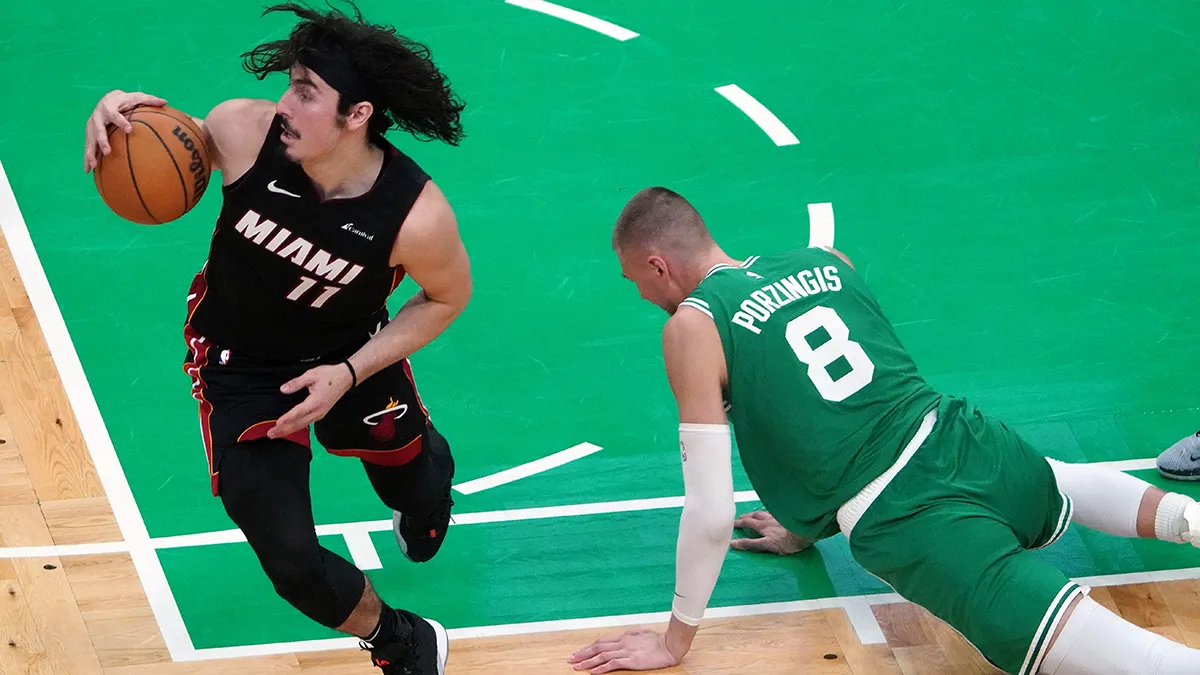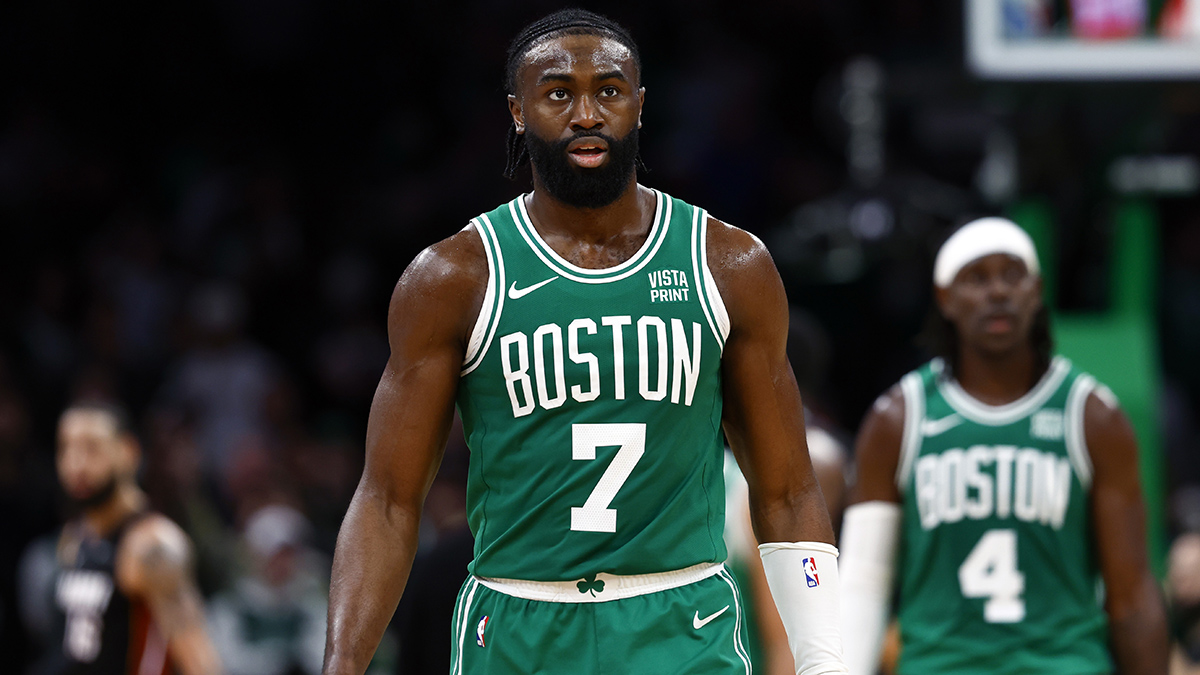Boston Celtics coach Brad Stevens offered unsolicited praise for the team’s second unit on Monday, which begged the question: Is this training-camp-in-July hyperbole, or a legitimate bubble blessing for a team that struggled to generate consistent bench play before the season paused?
Stevens had been asked, big picture, what makes him optimistic. "Well, what makes me optimistic is that we're playing basketball, you know?” started Stevens. But he eventually steered the conversation to Boston’s reserves.
Download the MyTeams app for the latest Celtics news and analysis
"I think the most encouraging thing has been the play of our second unit, per se, would be what I'm really excited about,” said Stevens. "I think guys have made the right strides to be really impactful.”
Boston’s bench lingered near the bottom of the league in offensive production this season, albeit with the team’s starters contributing much of the team’s nightly output (and by design). Still, when the Celtics elected not to upgrade their bench at the trade deadline and stood pat on the buyout market, some grumbled about Boston’s lack of reliable depth.
Stevens’ declaration left reporters probing for more details when backup big men Robert Williams and Tacko Fall sat down for Zoom sessions.
“[The reserves] have just been bringing it every day, trying to push the guys because that’s what we need, we need to push each other and it really starts with us,” said Fall. "We’ve got to make it hard in practice so when [the starters] go into the game, it’s going to be easier for them.
"I feel like both groups have been doing that, us and the other group. We just need to keep pushing each other. It’s been great. Every day we’ve been bringing the energy, trying to push each other, and that’s what we really need to accomplish what we want to accomplish.”
Williams echoed Fall’s sentiments.
Boston Celtics
"You got that chip on your back, on your shoulder, when you’re playing against the first group. So you always want to bring it,” said Williams. "I feel like maybe in previous practices, before the season [paused], the second group would be getting down on themselves and just stop competing. But now, we’re fighting back. Lot of trash talk makes it more competitive. Like I said, the second group is just starting to show more effort.”
Fall, a 7-foot-5 rookie on a 2-way deal, is unlikely to crack the playoff rotation. Williams, a 2018 first-round pick who missed much of the season due to a hip injury, has a better chance to muscle his way into a consistent role.
When Williams was asked which of Boston’s young players had shown the most growth since the season paused, he pointed to a pair of rookies.
"I’ll go with Romeo [Langford] and Carsen [Edwards],” said Williams. Later, when pressed on what that duo has shown, Williams added, "Just more aggressiveness, more realizing what they’re capable of. And just leaning on each other, being able to take criticism, all-around game. I’m proud of those guys. I feel like they’ve grown up a lot as far as being on the court.”
Langford, a lottery pick who battled injury woes early in his pro career, showed intriguing flashes before the season paused. Edwards, an early second-round pick, never quite found the shooting touch that had been his calling card (including one particularly notable preseason outburst in Cleveland).
Celtics Talk Podcast: Should the Celtics fear the restart 76ers? | Listen & subscribe | Watch on YouTube
If the Celtics have full health entering the 2020 postseason, then the team will lean heavy on its starting 5 with Marcus Smart playing big minutes as the top reserve. Enes Kanter will get time but matchups could dictate just how much.
That leaves a collection of seven rookies (Langford, Edwards, Fall, Grant Williams, Vincent Poirier, Javonte Green, and Tremont Waters); one second-year player (Robert Williams), and Semi Ojeleye competing for leftover time.
Who has the best chance to snag available minutes?
Grant Williams will get every opportunity to earn time in small-ball lineups but he’ll have to make shots to keep defenses honest. Kanter gushed on his podcast last week that Grant Williams had been a knockdown 3-point shooter in early practices.
The Celtics don’t have another player like Robert Williams, a rim-running, volleyball spike-blocking, alley-oop devouring big man who needs more defensive consistency to earn Stevens’ trust.
Langford’s two-way talents, being able to create in the pick-and-roll, offensively, and showcasing defensive versatility, has a chance to play but Boston is loaded with wing talent.
Third-year brick wall Semi Ojeleye has 23 games of playoff experience and Stevens has confidently thrown him in against the likes of Giannis Antetokounmpo. Like Grant Williams, his shot could dictate just how much playing time he gets.
Edwards shot 32.7 percent overall and 30.9 percent beyond the 3-point arc in 35 appearances. He must restore confidence in his jump shot and play with the swagger he brought into March Madness 18 months ago.
Everyone else faces a bit of an uphill climb for minutes. But if even just one of those nine players makes a leap and earns Stevens’ confidence in a playoff rotation, then it makes Boston that much more dangerous given the talent at the top of the roster.


